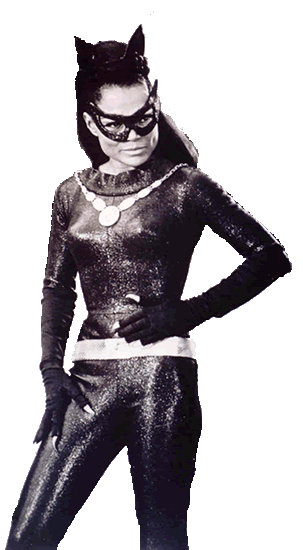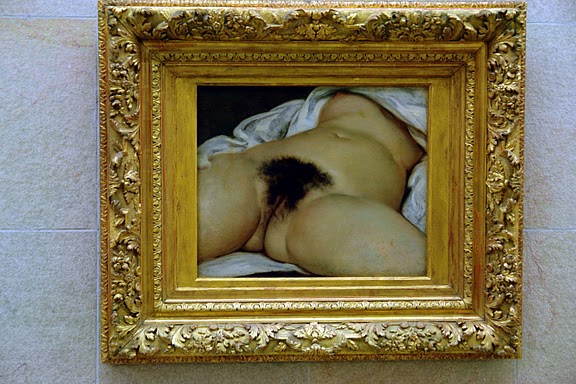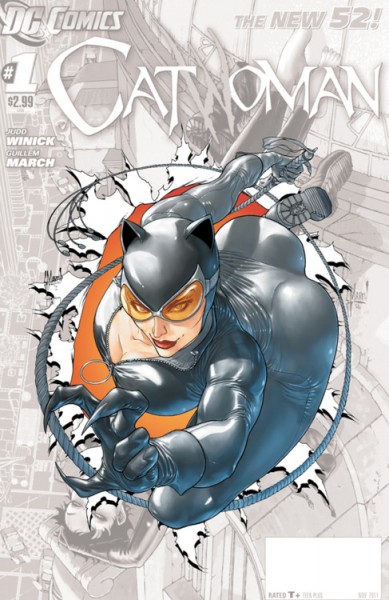 This first appeared on Madeloud.
This first appeared on Madeloud.
_____________________
The old sixties Batman TV show with Adam West and Burt Ward is best known for the Batmobile, Bat Shark Repellent, and Bat Overacting. However, the show also featured a number of high profile musical guest stars. Here then, are some of the greatest Bat-cats ever to swing through stately Wayne Manor and environs.
Liberace
“The Devil’s Fingers/The Dead Ringers”
Episodes 49 and 50
October 19 & 20, 1966
Liberace was too perfect a choice to be contained in a single Batman villain guest spot, so he did two at once, portraying both piano maestro Chandell and Chandell’s evil twin brother Harry. The plot starts off strong as Chandell declares, “Listen for a moment; I’ll toy idly with the keys, and set the mood.” He then launches into a highland air, instantly summoning a trio of criminal Scottish lassies toting inhumanly piercing bagpipes. From there the plot only get sillier, featuring attempted murder by piano-roll puncher, the lassies transformed into Burmese dancing girls, and Bruce Wayne deducing the whole evil scheme when he realizes that Chandell made a mistake in a C-minor chord (“Holy impossibility, Batman!” as Dick Grayson says.) Oh, and we get to watch that ladies’ man Chandell seduce Aunt Harriet. And he utters the immortal line “I’ll cast off my criminal skin like a molting butterfly!”
While it’s fun to watch Liberace play himself as Chandell; watching him adopt a tough-guy, cigar-chomping persona as Harry is brain-meltingly preposterous, and somehow even gayer than gay — it’s like he’s wearing butch drag. Not to be outdone in flamboyance, Bruce Wayne spends a certain amount of the episode literally camping, and then he and Dick fake their deaths by incinerating themselves in a flaming closet.
Chad and Jeremy
“The Cat’s Meow/The Bat’s Kow Tow”
Episodes 63 and 64
December 14 & 15, 1966
Gentle moderately popular sixties British folk duo Chad & Jeremy appear here as insanely popular, dangerously wild sixties British folk duo Chad & Jeremy. However, in a daring plot twist, the dangerously wild sixties British folk duo Chad & Jeremy reveal to Bruce Wayne’s Aunt Harriet that they are in fact gentle and civilized, sipping tea and declaring, “Really we hope to go back to school as soon as we can to complete our education… Just think of it: every record our fans buy brings me closer to becoming a brain surgeon!”
Alas, their fans are not so cultured, and they screech, holler, and throw up their hands when their idol’s voices are purloined by Catwoman (an incandescently yummy Julie Newmar.) Catwoman’s dastardly plan is to hold the voices for ransom, demanding twenty-two million dollars from Britain since “Chad and Jeremy pay so much income tax to their native land,” and that if they stopped the entire economic structure of the world would collapse.
In other highlights, Chad & Jeremy provide jovially irreverent interviews like the Beatles and seek out hair salons. They also perform a few verses of the sunnily inoffensive “Distant Shore,” and almost all of the peppily inoffensive “Teenage Failure.” “Aren’t they great, Alfred?” the enraptured Dick Grayson asks. “Well, they do sway, don’t they?” replies the stoical Butler.
Also in this episode…Batman and Robin climb down the side of a building past the window of Hawaiian singing legend Don Ho.
Leslie Gore
“That Darn Catwoman/Scat Darn Catwoman”
Episodes 74 and 75
January 19 & 20, 1967
Leslie Gore was not only a teen pop sensation; she was also the niece of Howie Horwitz, the producer of Batman. On the strength of that connection, she got to wear a skintight pink outfit, pink cat ears, a pink bowtie and (improbably) big pink mittens as Catwoman’s evil protégé Pussycat. Pussycat comes on to Robin so strongly that the Boy Wonder’s voice jumps an octave, a scene all the more amusing since we now know that Gore was far more likely to have had eyes for Julie Newmar than for Burt Ward. Perhaps, though, Pussycat was under the influence of cataphrenia, a drug which reverses all a person’s moral and ethical standards, as Catwoman helpfully explains.
In any case, though Pussycat has turned to a life of crime and frequent flirtatious moments with Catwoman (and a couple with an ethically-inverted Robin), she still sometimes wishes she could pursue her dream to be a rock and roll singer. And, in fact she performs a wow-that’s-obviously-lip-synced version of the hit, “California Nights” for Catwoman’s henchmen in front of a giant green cathead with a glowing purple mouth.
Ethel Merman
“The Sport of Penguins/A Horse of Another Color”
Episodes 98 and 99
October 5 & 12, 1967
Teamed up with the Penguin (Burgess Meredith), the famously stentorian Ethel Merman elocutes her way through the role of Senora Lola Lasagne, a.k.a. common crook Lula Schultz. Merman doesn’t actually sing, though she does seem ready to burst into bombastic warble when she declaims “I am Senora Lola Lasagne!”
Eartha Kitt
“Catwoman’s Dressed to Kill”
Episode 108
December 14, 1967
“Funny Feline Felonies/The Joke’s on Catwoman”
Episodes 110 and 111
December 28 & January 4, 1967
Singer and actress Eartha Kitt stepped into Catwoman’s whiskers for the third Batseason, appearing in one stand-alone episode and a two-parter with co-villain the Joker. Where Julie Newmar played Catwoman as luxuriantly playful, Kitt was downright feral — when she widened her eyes and hissed, you really believed she wanted to pounce on and devour some flying rodents. She also threw herself into the vocal tics more enthusiastically than her cat predecessors, embracing lines like, “Rrrrr, I glow with the thought of that garment,” and rolling her rrrrs through words such as “Spaarrrrrk plug,” “perrrrsuaive,” “perrrrrturbring,” “perrrrrfidious,” and of course, “perrrrrhaps.” Despite such verbal shenanigans, Kitt never actually sings, though she does recite some doggerel verse (prompting the Joker to comment “Oh your voice has a nice lilt, Catwoman!”), as well as lapsing into a foreign tongue for a moment in homage to her big exotica hits (“That’s the first time I ever heard a cat purr in French!” enthuses the Joker.)
Incidentally, Orson Welles called Kitt, “the most exciting woman in the world.” You might think he was exaggerating…until you see her in that skintight black Catwoman suit.


